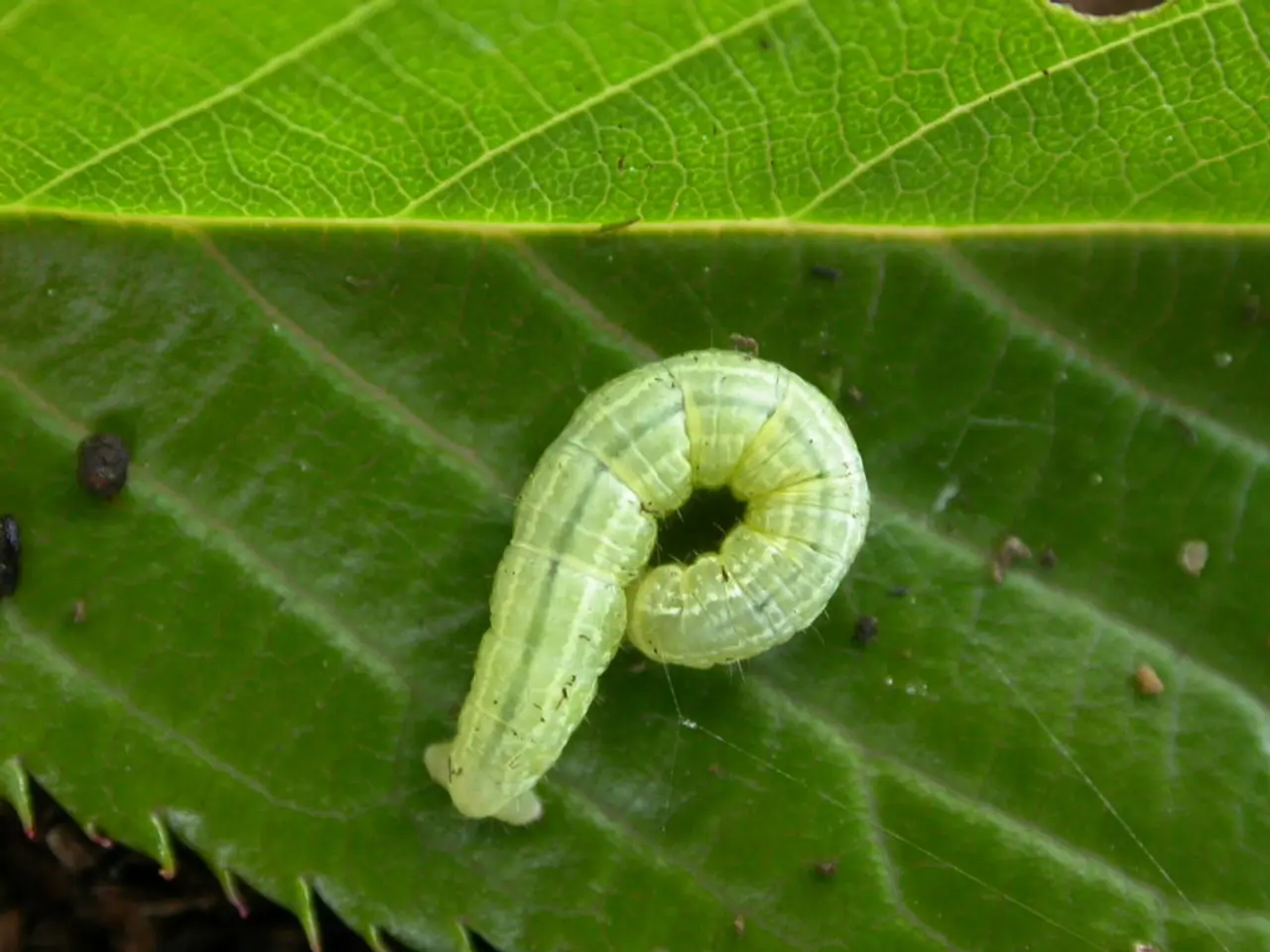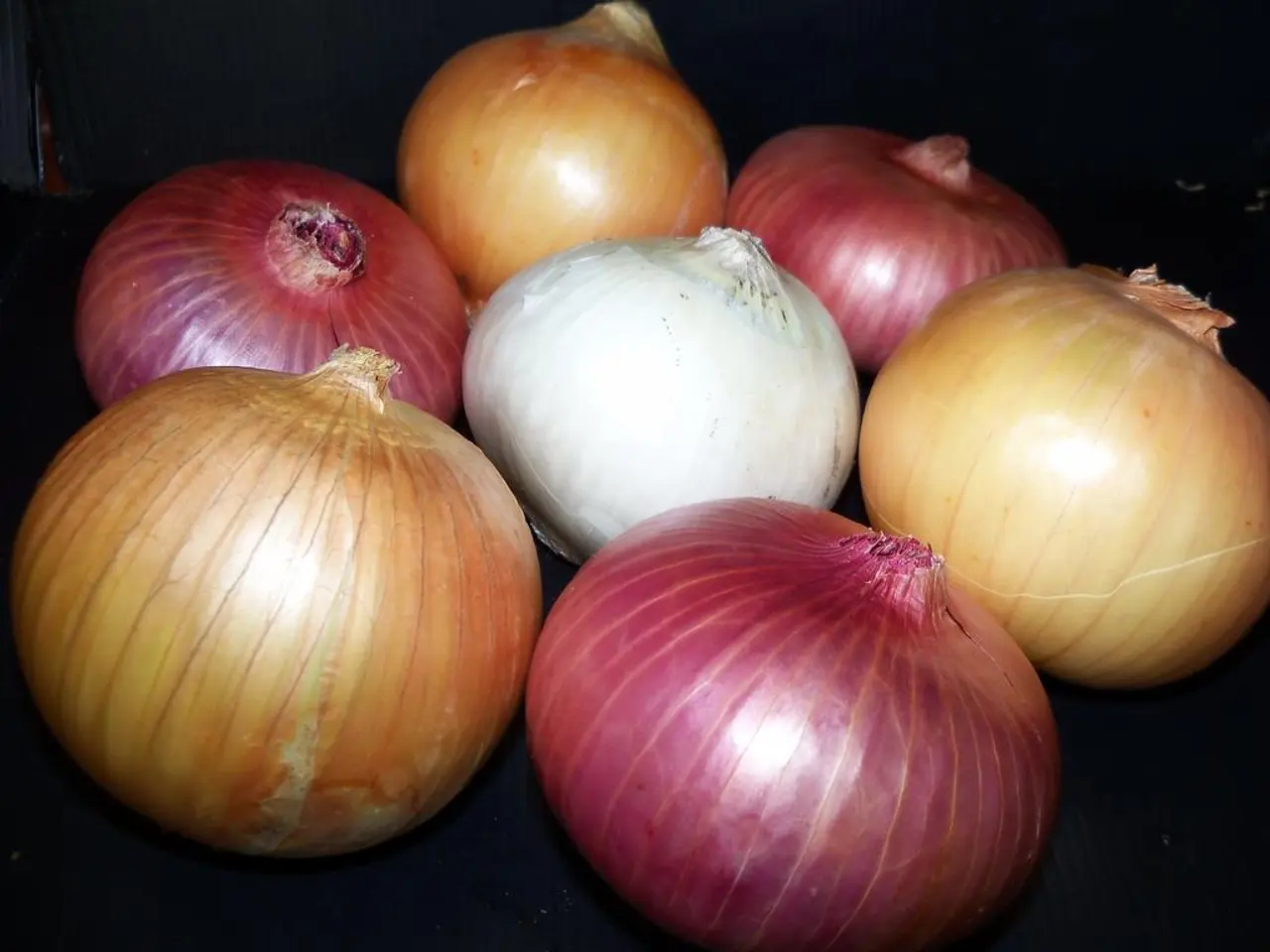Onchocerciasis: Description, mode of transmission, symptoms, and treatment options
Sub-Saharan Africa is currently home to the highest prevalence of onchocerciasis, also known as river blindness. This debilitating infectious disease, which affects millions, is primarily found in countries such as Nigeria, the Democratic Republic of Congo (DRC), and South Sudan.
In Nigeria, over 40 million people remain at risk, despite progress towards elimination. Transmission has been interrupted in ten states, but it remains active in others. The DRC, on the other hand, has 83 health zones co-endemic for onchocerciasis and lymphatic filariasis, with ongoing ivermectin mass drug administration (MDA) to interrupt transmission. High transmission and disease burden are also found in specific areas of South Sudan, where onchocerciasis correlates with high epilepsy prevalence near blackfly breeding sites along rivers.
The broader Western Sub-Saharan Africa region carries a significant share of the global burden of neglected tropical diseases (NTDs), posing a significant public health challenge.
For travelers visiting these endemic areas, recommended preventive measures include avoiding blackfly bites, using effective insect repellents, wearing long sleeves and pants, and using permethrin-treated clothing and bed nets where appropriate. While no vaccine or specific prophylactic drugs are available for travelers, mass drug administration with ivermectin is the cornerstone of controlling the disease in endemic populations. Travelers are advised to consult travel health professionals before their visit to assess the need for medications based on current endemicity and the length of their stay.
Travelers developing symptoms such as severe itching, skin changes, or vision problems after visiting endemic regions should seek medical evaluation for early diagnosis and treatment.
Ongoing public health efforts like ivermectin MDA in endemic countries aim at eliminating onchocerciasis by 2030, thereby reducing the risk for both residents and visitors.
In conclusion, sub-Saharan African countries such as Nigeria, DRC, and South Sudan account for the highest prevalence of onchocerciasis currently. For travelers, preventive measures focus on protecting against blackfly bites and seeking expert travel health advice before and after visiting these areas.
- Despite advancements towards elimination, over 40 million people in Nigeria still face a risk of onchocerciasis, with transmission continuing in certain regions.
- The DRC, with its 83 health zones co-endemic for onchocerciasis and lymphatic filariasis, requires ongoing ivermectin mass drug administration to manage the disease.
- Unless addressed, the high transmission and disease burden of onchocerciasis in South Sudan could lead to increased cases of eye-health conditions, skin-care problems, and even medical-conditions like epilepsy.
- In the broader Western Sub-Saharan Africa region, the high prevalence of neglected tropical diseases poses a significant challenge to health-and-wellness.
- For travelers visiting endemic areas, science and medical-conditions experts recommend preventive measures like avoiding blackfly bites, using skin-care products with effective insect repellents, and wearing appropriate clothing and bed nets.
- In the pursuit of eliminating onchocerciasis by 2030, science plays a crucial role in the development and implementation of effective eye-health care strategies, such as ivermectin mass drug administration.




